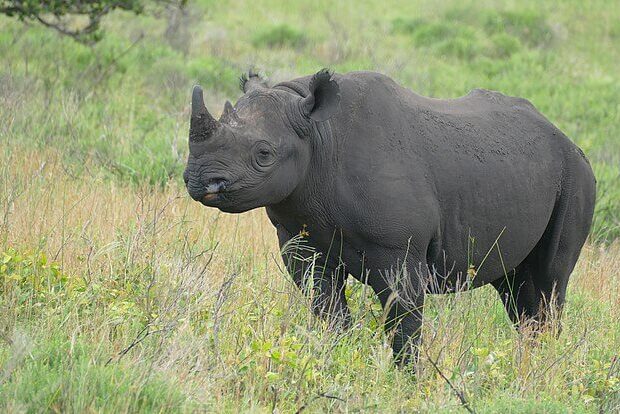
If losses to wildlife are not reversed, ecosystem collapse is ‘inevitable’.
Ecosystems can suddenly tip over, according to scientists studying the Permian-Triassic mass extinction.
Scientists studying the greatest mass extinction in Earth’s history have discovered that the steady destruction of wildlife can suddenly escalate into total ecosystem collapse.
Many scientists believe that the current massive biodiversity loss is the beginning of a new mass extinction. However, the scientists stated that the new research demonstrates that complete ecosystem collapse is “inevitable” if the losses are not reversed.
The “Great Dying,” also known as the Permian-Triassic extinction, occurred 252 million years ago. It resulted in the extinction of 95% of Earth’s life and was caused by global warming brought on by massive volcanic eruptions.
However, today’s rate of species extinction is even faster than in any of the planet’s previous five mass extinctions. The destruction of wildlife habitats for farming and mining, pollution, and overhunting are all contributing factors. Food, clean water, and air are all necessities for humanity that are dependent on robust global ecosystems.
Marine fossils found in China prior to, during, and after the Great Dying were the focus of the new study. Plants, predators, and prey all interact in a complex way to keep ecosystems healthy, with each group of similar species playing a unique role.
The scientists discovered that while half the species went extinct, the ecosystem as a whole remained largely unchanged because some creatures continued to play each role. But as soon as the last species in each role started to go extinct, the ecosystem collapsed quickly. “Ecosystems were pushed to a tipping point from which they could not recover,” said Dr Yuangeng Huang, at the China University of Geosciences and lead author of the study.
“We are currently losing species at a faster rate than in any of Earth’s past extinction events. It is probable that we are in the first phase of another, more severe mass extinction,” he said. “We cannot predict the tipping point that will send ecosystems into total collapse, but it is an inevitable outcome if we do not reverse biodiversity loss.”
The study looked at fossils from south China, which was a shallow sea during the Permian-Triassic mass extinction. It was published in the journal Current Biology. To represent the ecosystem before, during, and after the extinction event, the team used simulated food webs to recreate the ancient marine environment.
The Great Dying was brought on by volcanic eruptions that increased atmospheric carbon dioxide. This led to climate conditions similar to those brought on by burning fossil fuels today, such as global warming, acidification of the oceans, and a loss of oxygen in the seas.
In the first phase of the extinction, a sufficient number of species remained to perform essential functions, said Dr Peter Roopnarine at the California Academy of Sciences: “But when environmental disturbances like global warming or ocean acidification occurred later on, ecosystems were missing that reinforced resistance, which led to abrupt ecological collapse. This took place about 60,000 years after the initial biodiversity crash.”
Prof Michael Benton, at the University of Bristol and part of the team, said: “The fossil sites in China are perfect for this kind of study because we need abundant fossils so we can reconstruct food webs. Also, the rock sequences can be dated very precisely, so we can track step by step all through the crisis when life in the oceans was killed by heat shock, ocean acidification and loss of oxygen from the seabed.”
The researchers concluded: “A biodiversity crash may be the harbinger of a more devastating ecosystem collapse.” They said the work showed that conservation efforts today must focus not simply on species but also on all the different roles they play.
The scientists thought it unlikely that a change in the environment could have triggered the collapse, the second phase of the extinction. Additionally, they stated that additional research was required to replicate their findings worldwide.
——————————————————————————
At Natural World Fund, we are passionate about stopping the decline in our wildlife.
The declines in our wildlife is shocking and frightening. Without much more support, many of the animals we know and love will continue in their declines towards extinction.
When you help to restore a patch of degraded land through rewilding to forests, meadows, or wetlands, you have a massive impact on the biodiversity at a local level. You give animals a home and food that they otherwise would not have had, and it has a positive snowball effect for the food chain.
We are convinced that this is much better for the UK than growing lots of fast-growing coniferous trees, solely to remove carbon, that don’t actually help our animals to thrive.
This is why we stand for restoring nature in the UK through responsible rewilding. For us, it is the right thing to do. Let’s do what’s right for nature!
Support our work today at https://naturalworldfund.com/ and join in the solution!

